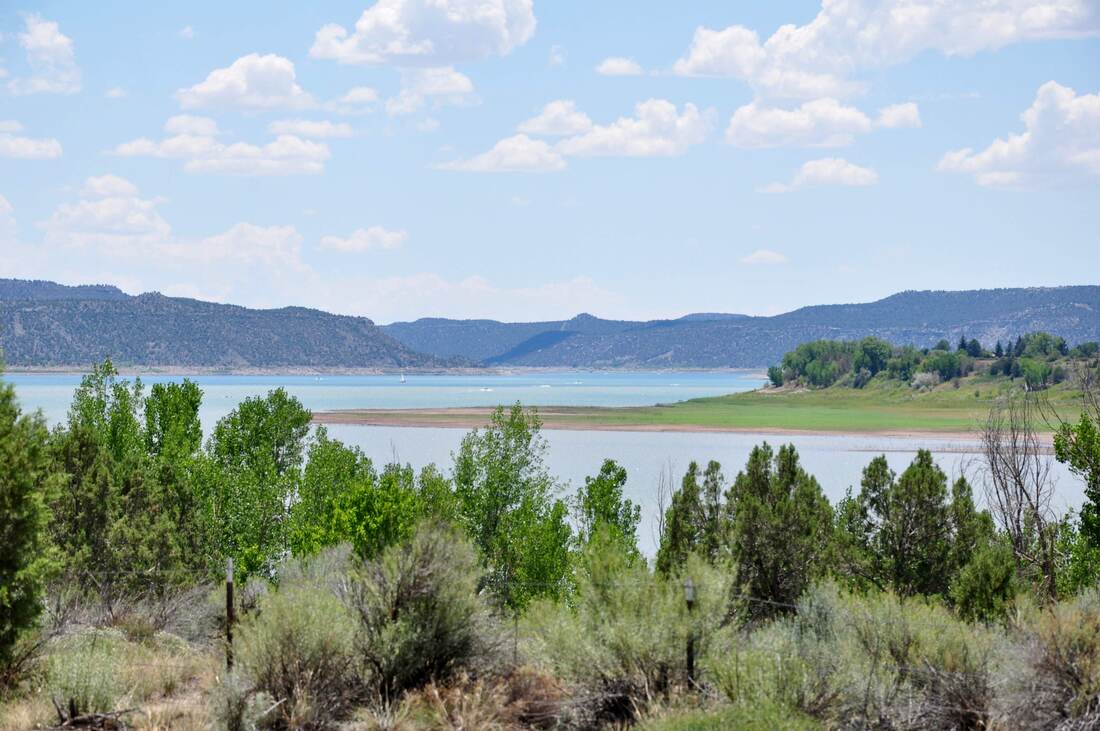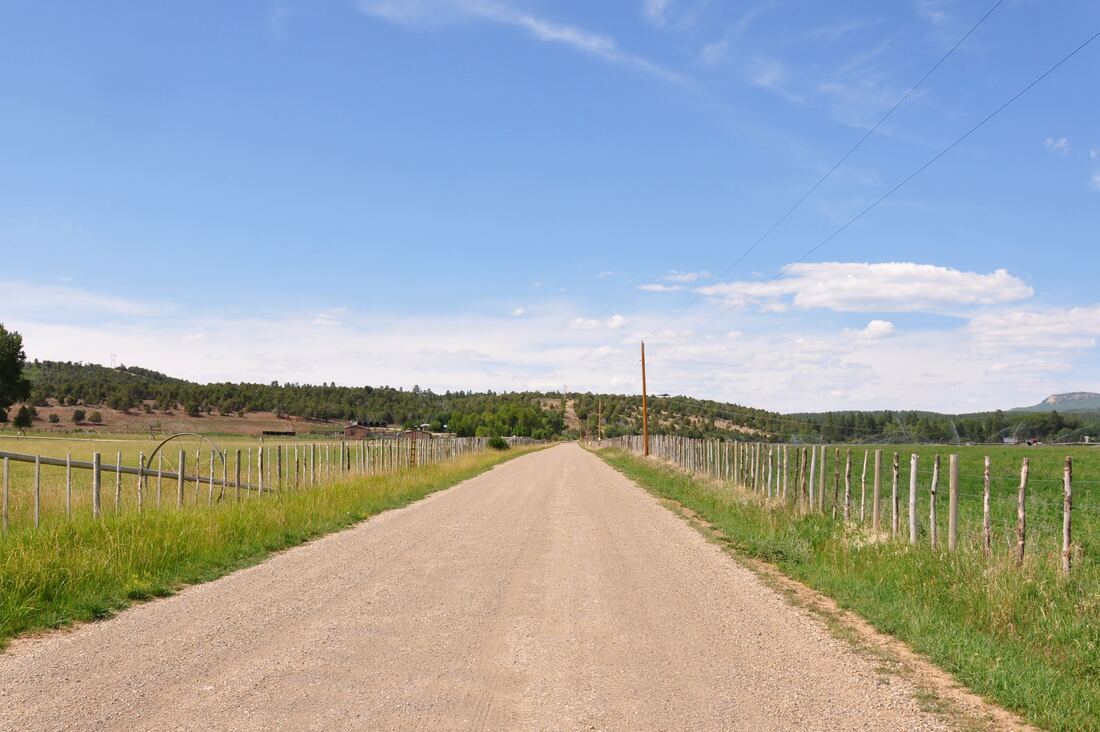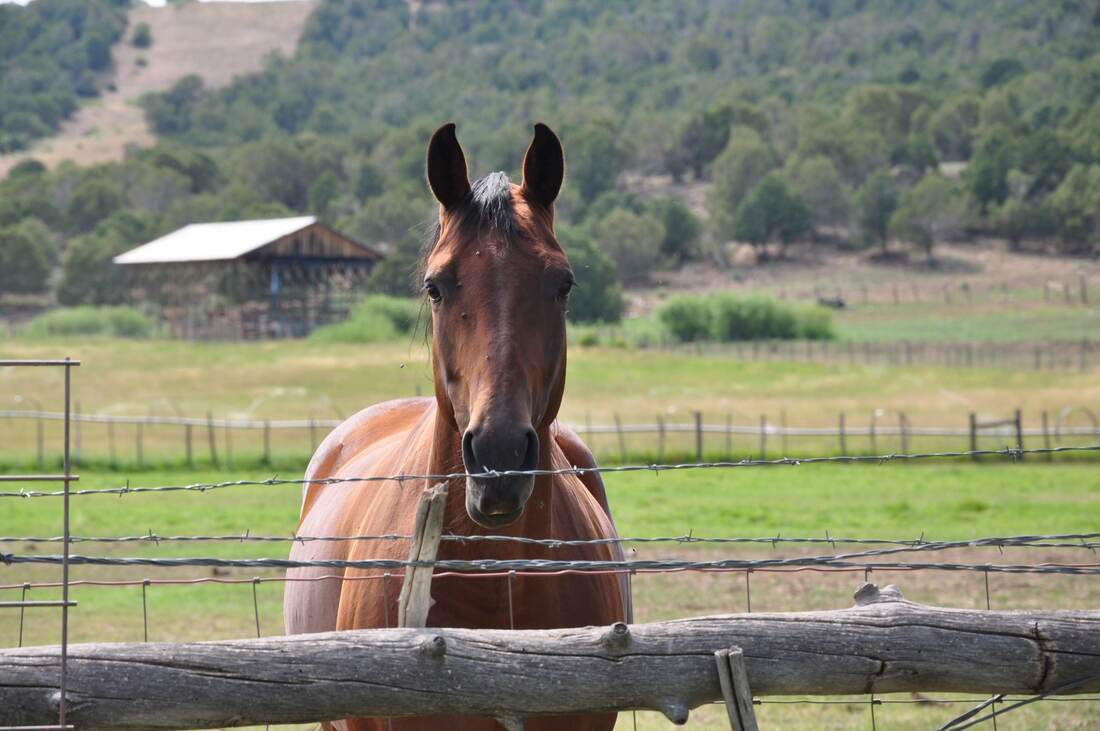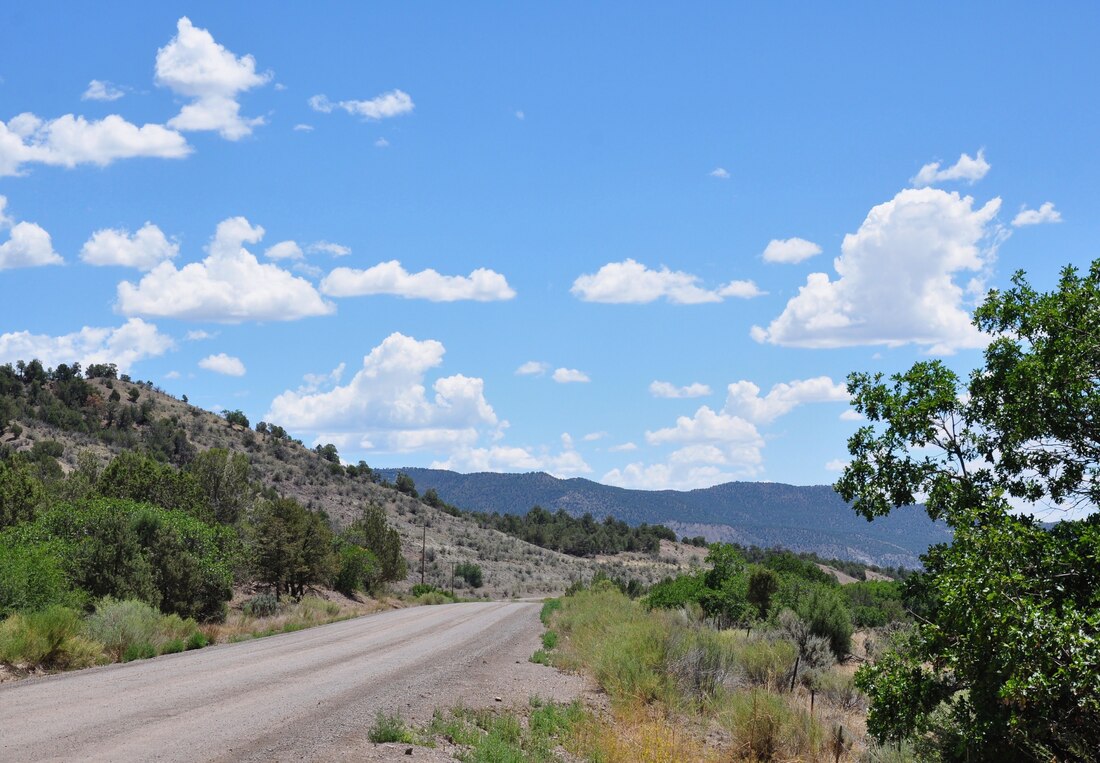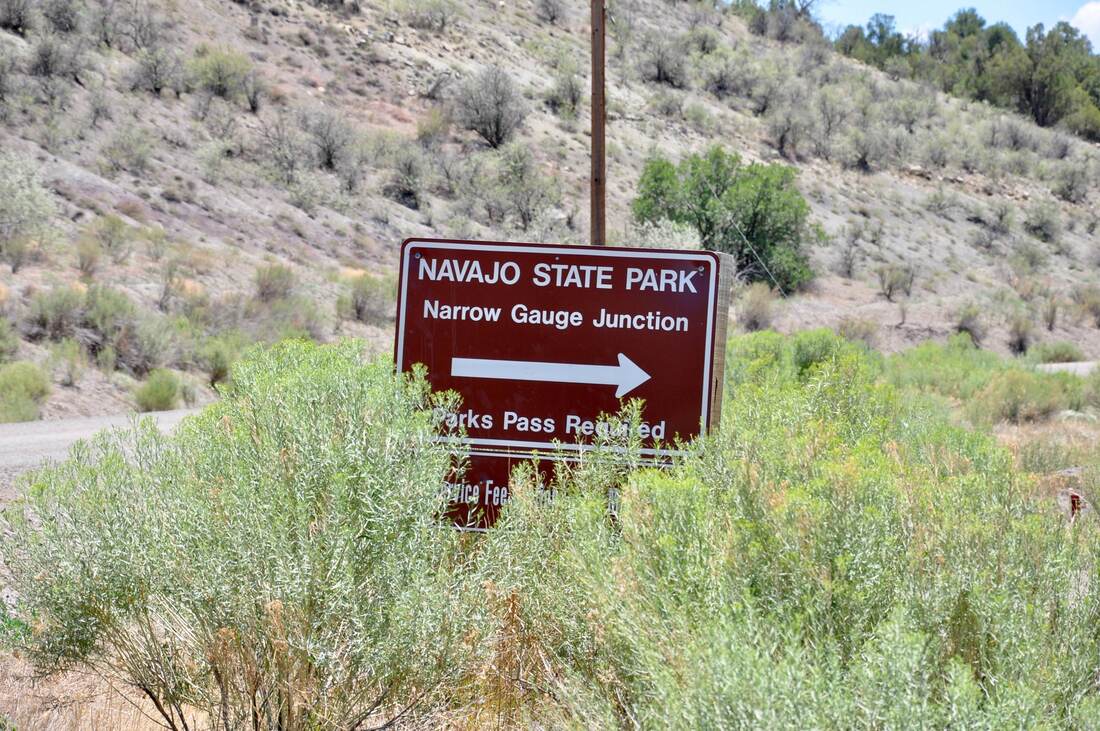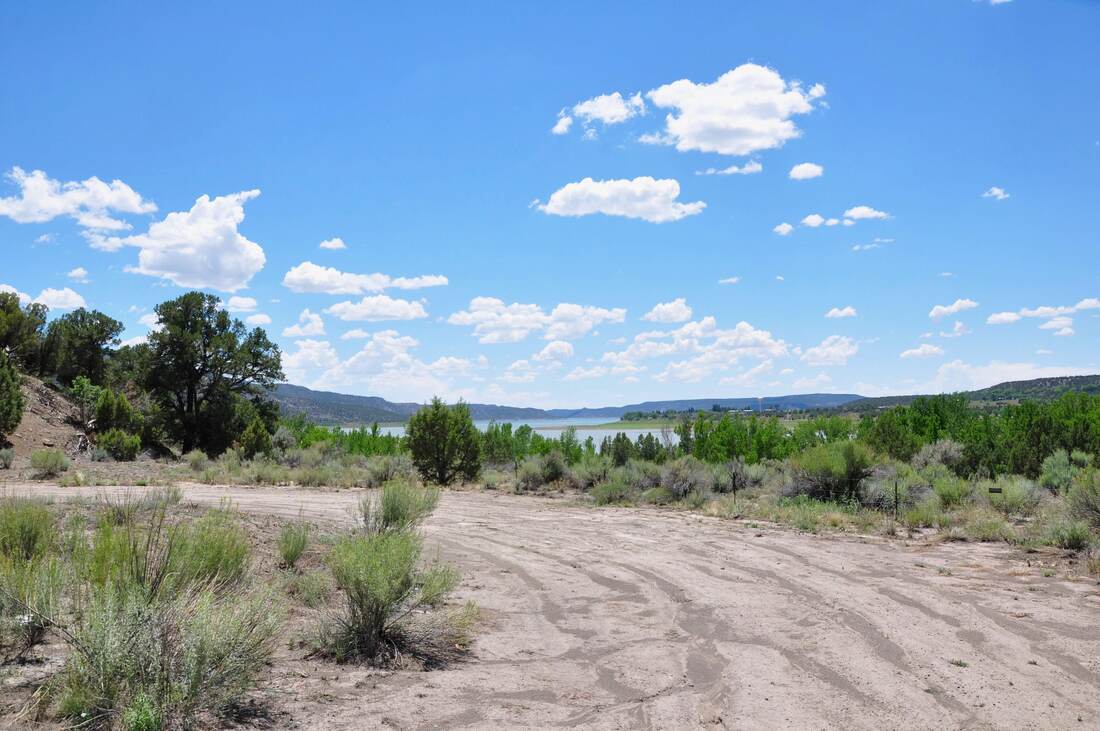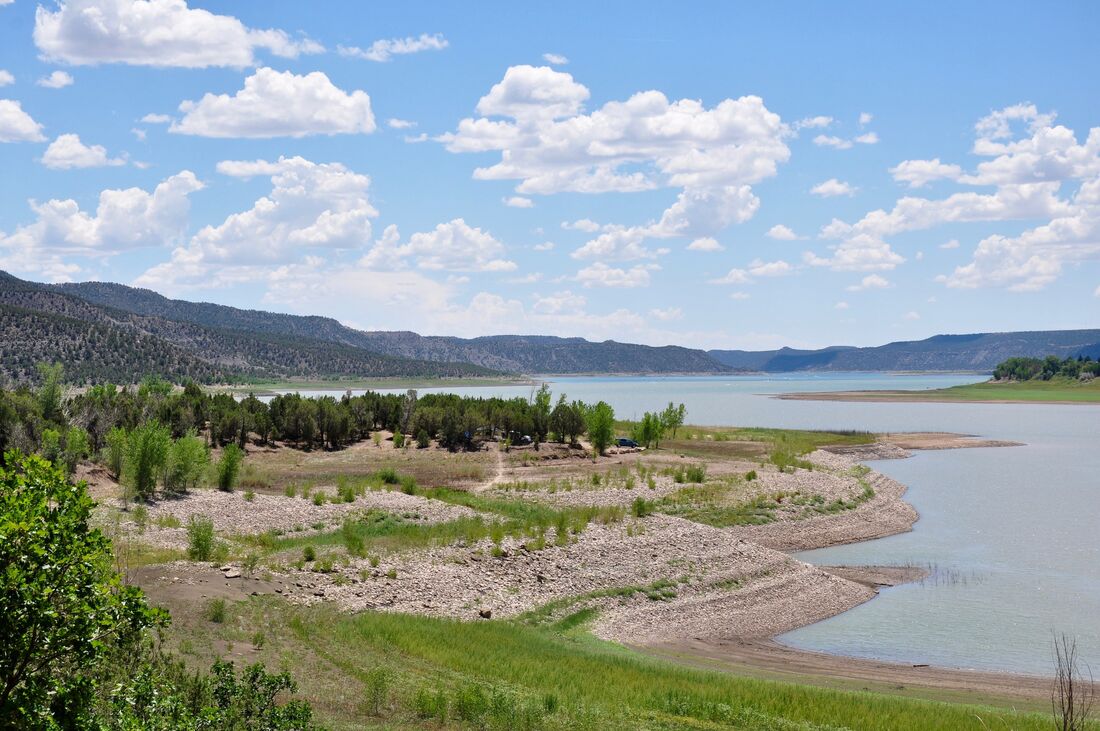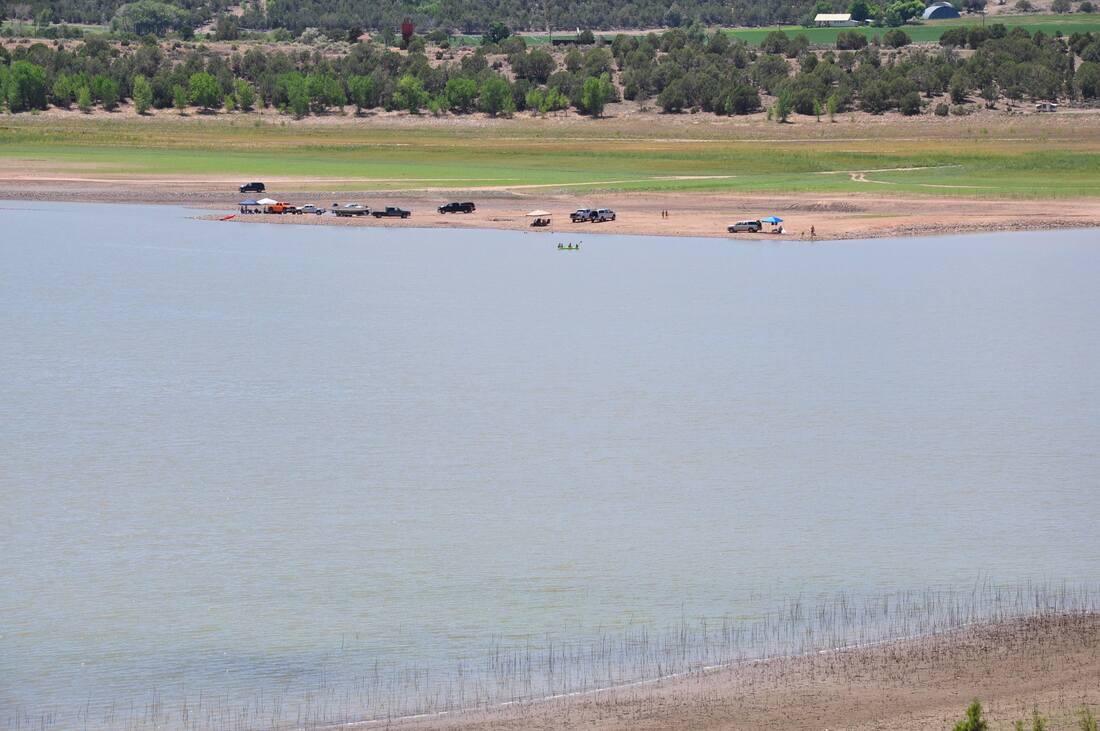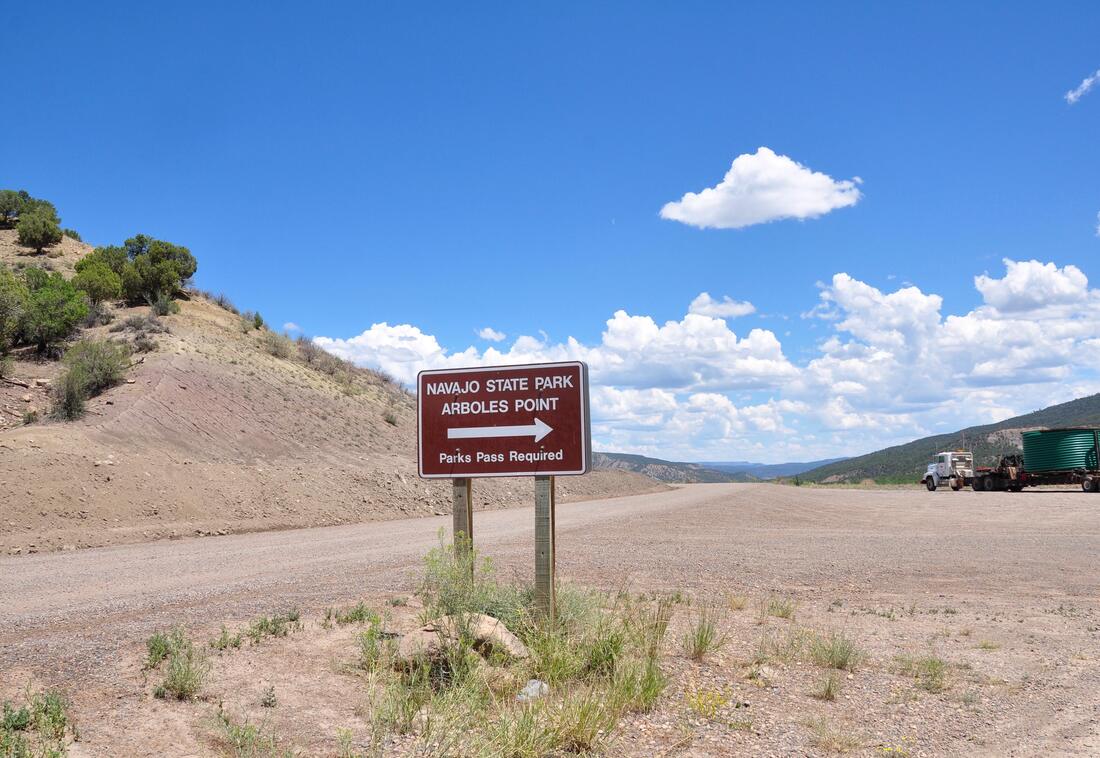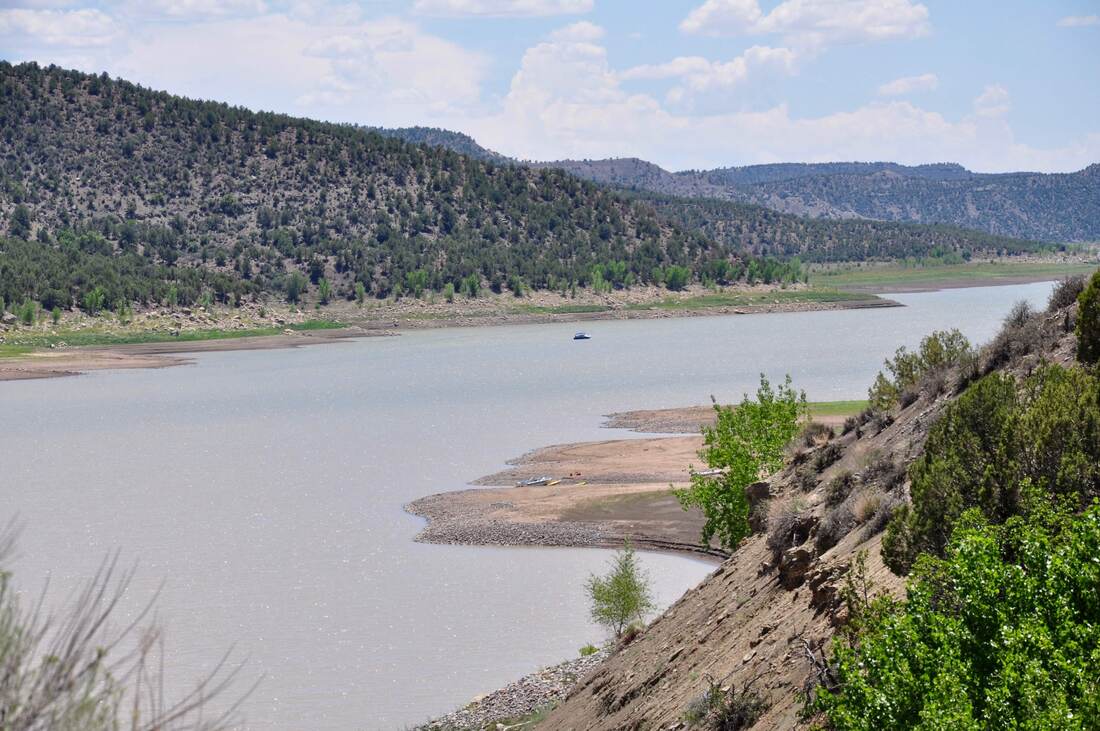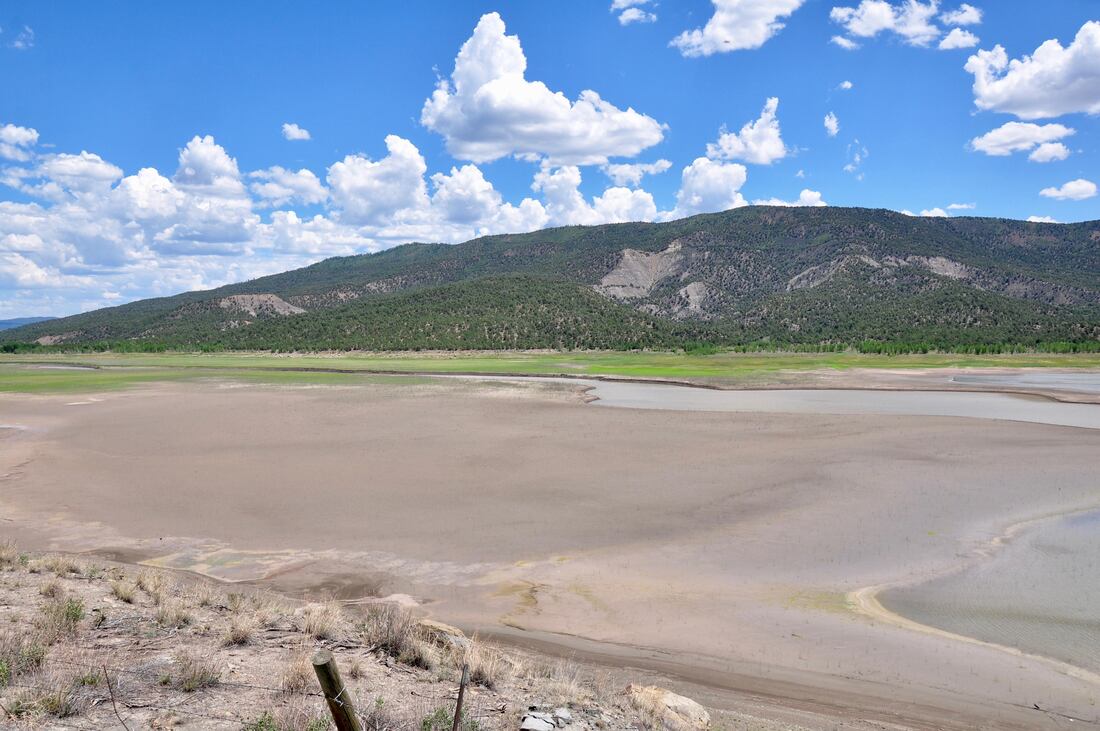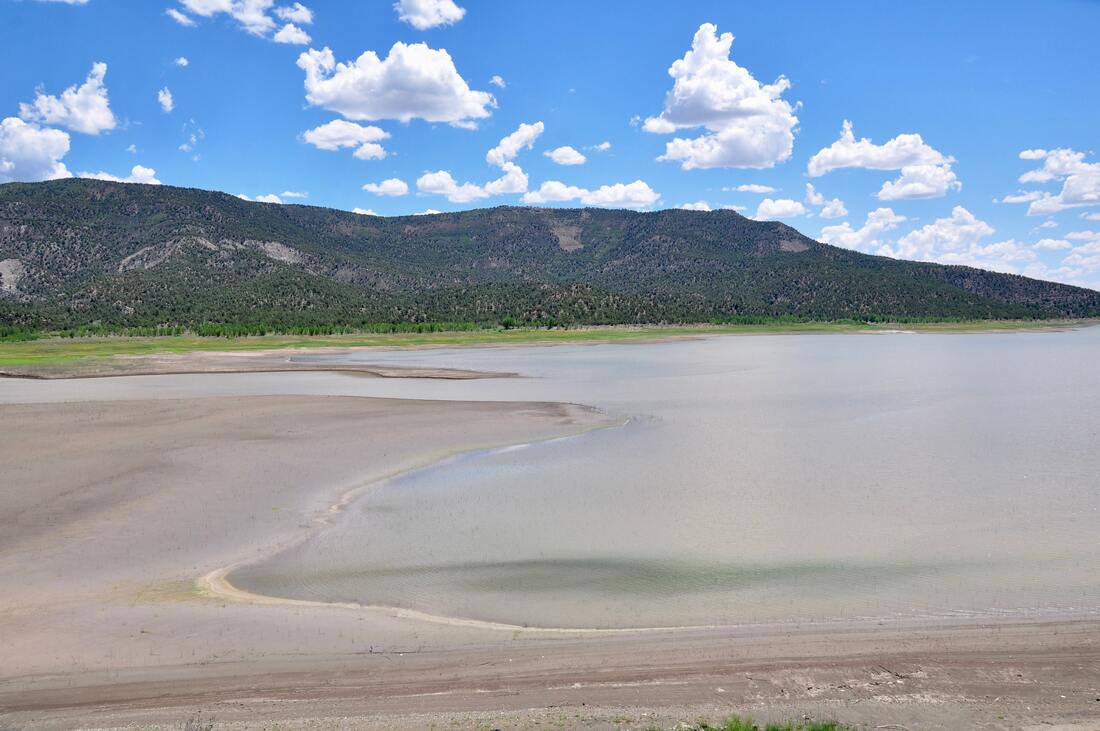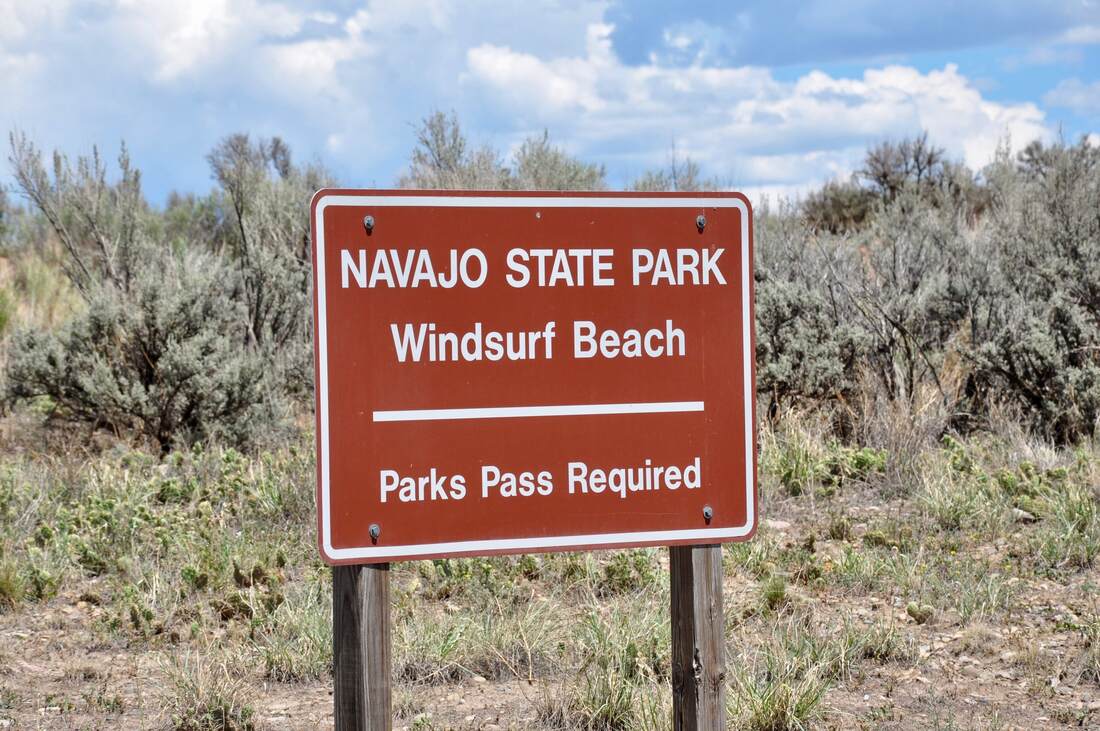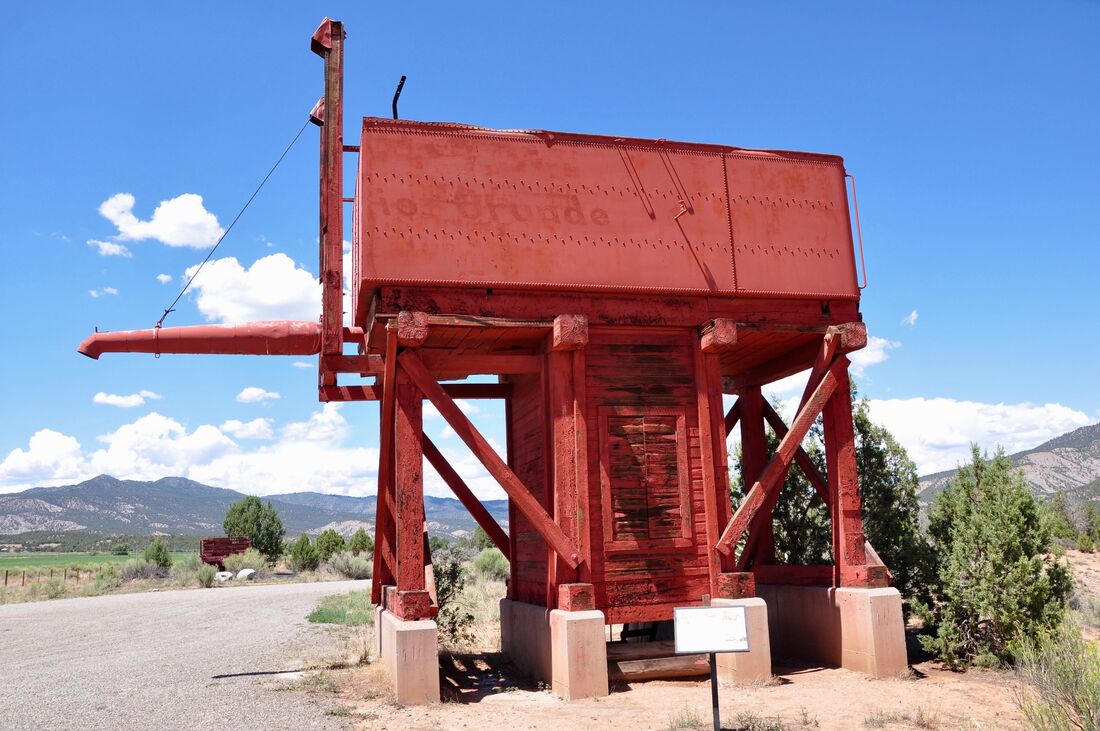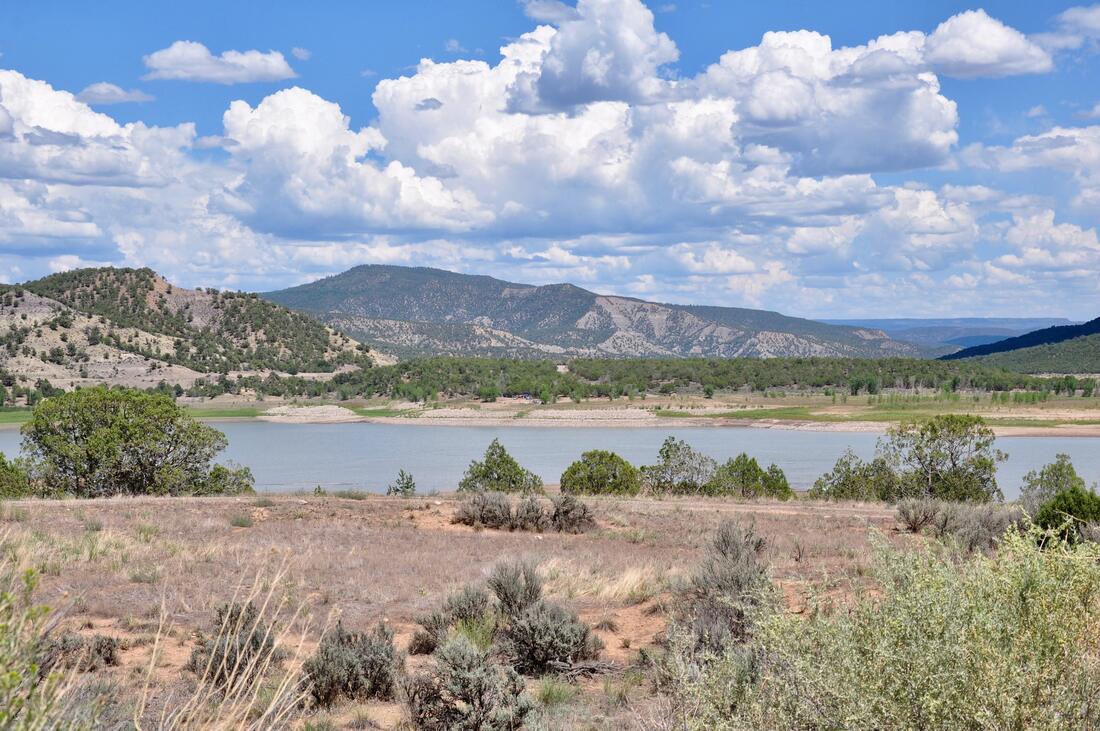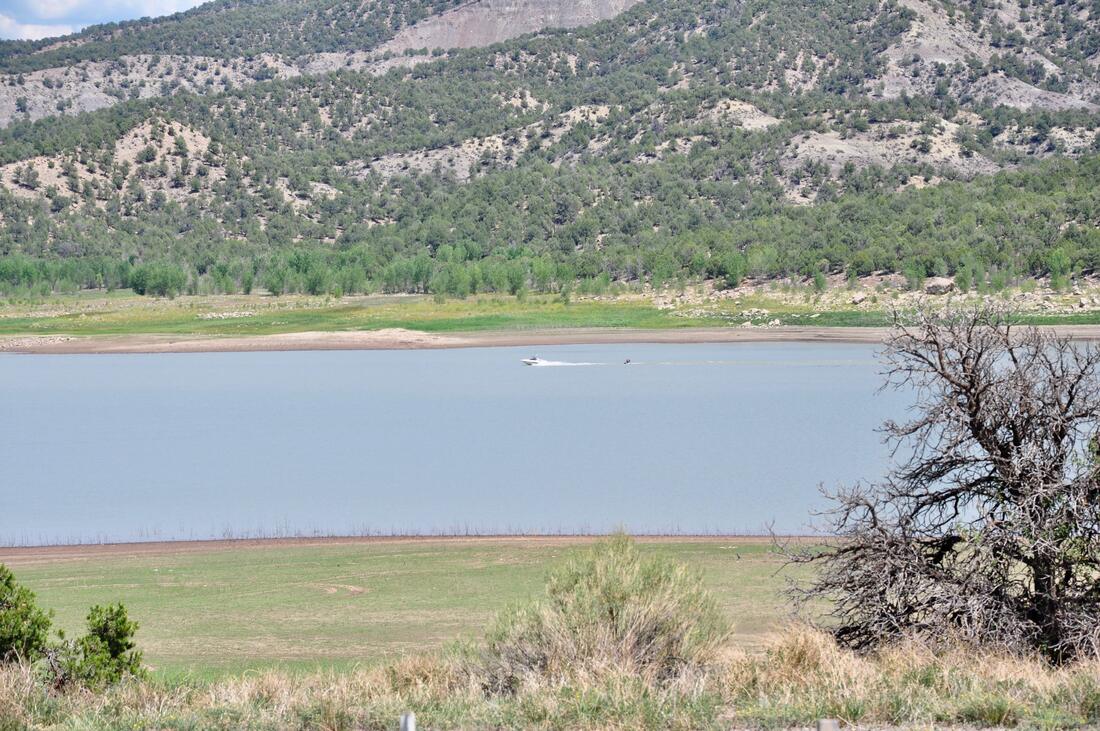|
The mile high elevation lakes do have a much longer summer season than the lakes that are located closer to 10,000 feet up. Springtime happens during the spring season instead of July and the warm temperatures last till late autumn, instead of late August. How many feet above sea level that a lake destination happens to be does make quite a difference when making travel plans. The recent weather trends have to be factored in as well. After a winter of severe drought, the shorelines of western lakes greatly recede and the lack of water can make a drought stricken lake unnavigable. On the opposite extreme, after a heavy winter snow melt, the mountain lakes can literally overflow. Checking on the lake conditions is best to do before packing the bags. The reason the forewarning was mentioned is because the west has been subject to severe droughts in recent years and there is nothing like arriving at a lakeside picnic area, just to find out that there is no water there. This actually happens quite often, because modern mapping systems usually only picture a full big blue lake on a map, instead of depicting the actual current size of the body of water. In some cases, even the dry lakes in the desert will appear to be an aquatic playground when looking at a GPS map, but when you get there, the lake ends up being nothing more than a bowl of dust. Receding reservoir lake shorelines have been a trend out west due to years of drought and because of natural resource depletion. The demand for water is high and this makes the problem even worse. Nearly every man made lake in the Rocky Mountain Range acts as a snow melt flood retention dam and a water reservoir, so these lakes are drained just before winter begins to make room for the spring season snow melt. If it is a winter of drought, then the reservoir lake will likely never be completely full during the summer season and this can leave boaters up the proverbial creek without a paddle. Reservoir lakes can have wide swings in water levels, so once again, checking on the lake conditions prior arrival is best to do. The Navajo Dam Reservoir Lake is located on the Colorado and New Mexico Border. This lake is managed as the Navajo State Park by both Colorado and New Mexico. The deep water end of the lake is in New Mexico near the Navajo Dam and the shallow end of the pool is in the Colorado side of the line. Because the Colorado section of the Navajo Reservoir is shallow, the actual shoreline can vary greatly, depending on drought or a heavy snow melt conditions. The Navajo Dam serves as a snow melt flood retention device for the San Juan River, which flows all the way west to Lake Powell, Utah, where it merges with the Colorado River. Because the San Juan River flows southwest, the shoreline in the Colorado end of the lake can vary by more than a few hundred yards between seasons of drought and heavy snow melts. On the day I visited this State Park, it was after a winter of severe drought and of course, the mapping system depicted the lake as being full. Every lakeside campsite in the north end of Navajo Lake looked like a dried up ghost town that day, so I had to travel many miles further south just to actually see the water. After finally arriving at the main body of deep water, it truly was a beautiful sight to see! Desert lakes are always fascinating to look at and this high desert lake setting is as picturesque as can be. Towering rock outcrops and high mesa plateaus covered with sparse juniper and piñon forests surround the branching arms of Navajo Lake. Plenty of colorful barren sandstone bedrock can be seen too, which adds a bright contrast to the deep blue water. The Navajo Lake setting certainly is like paradise in this mountainous high desert region! Finding the way to points of interest around Navajo Lake is easy to do, because both State Road 151 (paved) and County Road 169 (dirt road) run along either side of the long Colorado Navajo State Park shoreline. The town of Arboles is located at the deep end of the lake and amenities can be found in this area. The Windsurfing Beach is located near Arboles, which is a popular spot to be. It is easy to get to the main marina in New Mexico by boat from Arboles, Colorado, but the winding road will eventually go by the marina too. There are many campsites in the Colorado Navajo State Park, but as mentioned earlier, some of the campsites are no longer on lakefront real estate because of water depletion. For this reason, it is best to check the Colorado Navajo State Park website for campsite and point of interest locations, then take a look at recent satellite images with a mapping system. Confirming the Navajo State Park destinations ahead of time will save plenty of time scrambling for a better spot when arriving in the blind. The deep end of Navajo Lake certainly is navigable and there is a lot of room to roam. There are many hidden coves between the branching high mesas, so some cozy house boat anchorages can be found. This big lake is a haven for small sail boats and wind surfing, especially during the breezy spring season. The Colorado Navajo State Park is where the lush green mountain meadows meet the high desert and this end of the lake, which sure is a peaceful place to be!
0 Comments
Your comment will be posted after it is approved.
Leave a Reply. |
Leave no trace!
New!
Destination West YouTube channel! https://www.youtube.com/@DestinationWestOrg *The Destination West website upgrading project is well underway. Unique YouTube slideshows are replacing the outdated Flickr photo galleries. The new videos feature modern graphics and alternative music instrumentals that enhance the viewing experience. Some articles are being condensed, while others are getting much needed edits. As everybody knows, the bulk of the original articles and photos were published on the fly during the Covid camping venture and there were limitations. Upgrading is the way to go and more articles will receive a makeover each week until this project is completed. After that, I will be able to gather new material. There is light at the end of the tunnel!
JD Lane Archives
July 2024
Donations help the Destinaton West project continue into the future!
Go Fund Me! This website uses marketing and tracking technologies. Opting out of this will opt you out of all cookies, except for those needed to run the website. Note that some products may not work as well without tracking cookies. Opt Out of Cookies |
